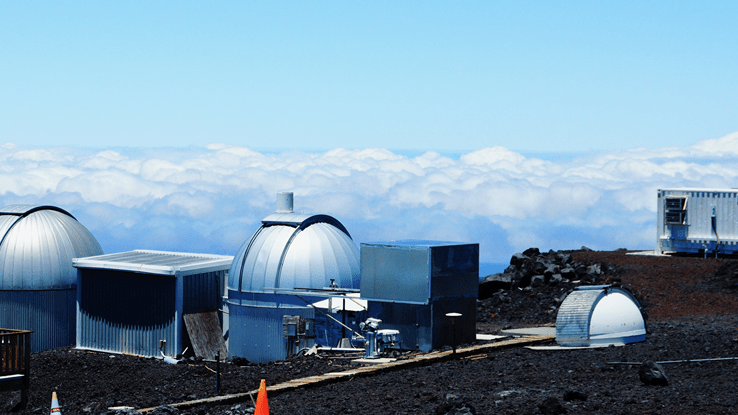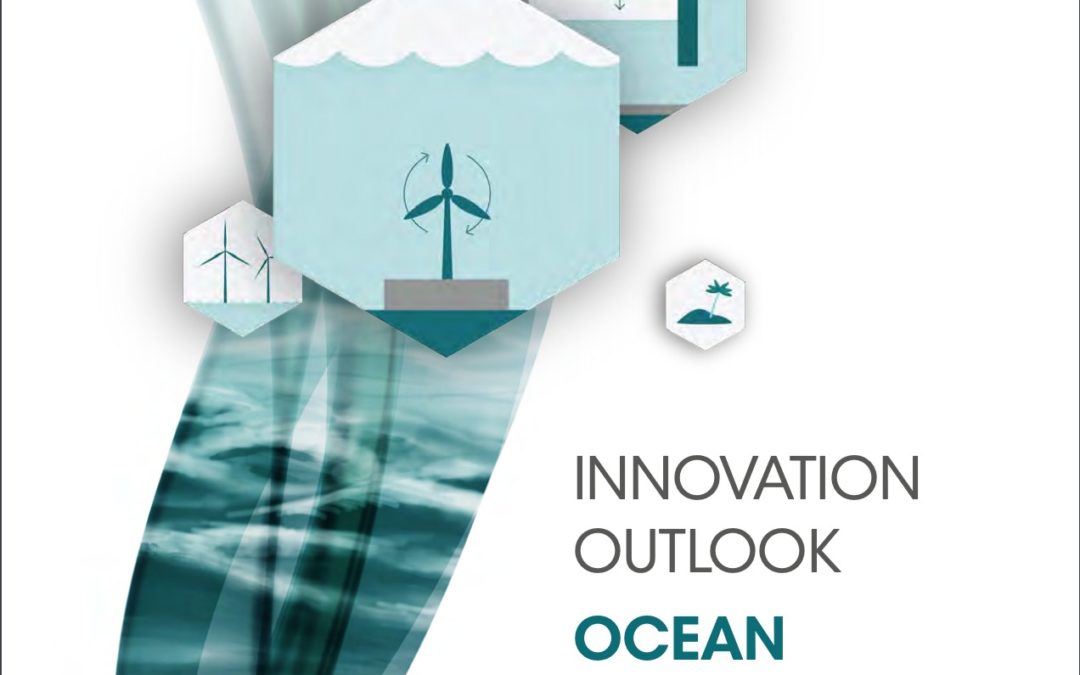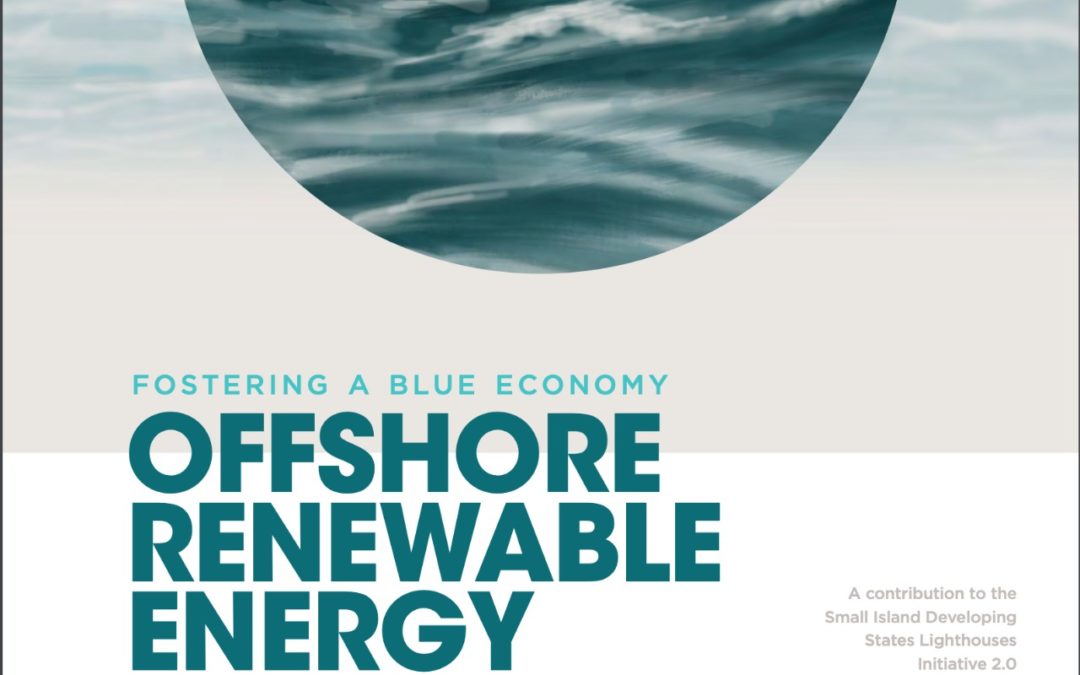by ILIN Advisor | 26 Aug, 2021 | Blog, News
Abstract
Marine ecosystems are experiencing unprecedented warming and acidification caused by anthropogenic carbon dioxide. For the global sea surface, we quantified the degree that present climates are disappearing and novel climates (without recent analogs) are emerging, spanning from 1800 through different emission scenarios to 2100. We quantified the sea surface environment based on model estimates of carbonate chemistry and temperature. Between 1800 and 2000, no gridpoints on the ocean surface were estimated to have experienced an extreme degree of global disappearance or novelty. In other words, the majority of environmental shifts since 1800 were not novel,

by ILIN Advisor | 9 Jul, 2021 | Blog, Energy, Events, Front Page, News
07 July 2021, United Nations Headquarters, New York, U.S.A.: SIDS DOCK, the Small Island Developing States (SIDS) Sustainable Energy and Climate Resilience Organization, has signed an agreement with the United Kingdom (UK)-based Global OTEC Resources Limited, to collaborate on developing and deploying Floating Ocean Thermal Energy Conversion (OTEC) Technology Concept in SIDS. The signing ceremony took place on Friday, 2 July 2021, by means of a virtual conference between representatives in Seychelles, Jamaica, Portugal and the United Kingdom.

by ILIN Advisor | 15 Jun, 2021 | Blog, Energy, Events, News
This 2019 photo provided by NOAA shows the Mauna Loa Atmospheric Baseline Observatory in Hawaii. Measurements taken at the station in May 2021 revealed the highest monthly average of atmospheric carbon dioxide in human history.
Susan Cobb/NOAA Global Monitoring Laboratory
The amount of carbon dioxide in Earth’s atmosphere reached 419 parts per million in May, its highest level in more than four million years, the National Oceanic and Atmospheric Administration announced on Monday.

by ILIN Advisor | 5 Dec, 2020 | News
Oceans contain vast renewable energy potential – theoretically equivalent to more than double the world’s current electricity demand. Nascent ocean energy technologies could cut carbon dioxide (CO2) emissions from power generation and help to ensure a sustainable, climate-safe energy future.
Alongside other offshore renewable energy technologies, ocean energy – including wave, tidal, salinity gradient and ocean thermal energy conversion technologies – forms a crucial component in the world’s emerging blue economy.
This outlook from the International Renewable Energy Agency (IRENA)

by ILIN Advisor | 5 Dec, 2020 | News
Offshore renewable energy – including offshore wind and solar power, as well as emerging ocean energy technologies – could support sustainable long-term development and drive a vibrant blue economy. For countries and communities around the world, offshore renewables...

by ILIN Advisor | 4 Dec, 2020 | Front Page, News
New IRENA reports forecast a 20-fold growth potential of ocean energy by 2030, providing coastal communities with a climate-safe roadmap for COVID-19 recovery The CEO of Ocean Energy Europe (OEE), Rémi Gruet and the Director-General of the International Renewable...





